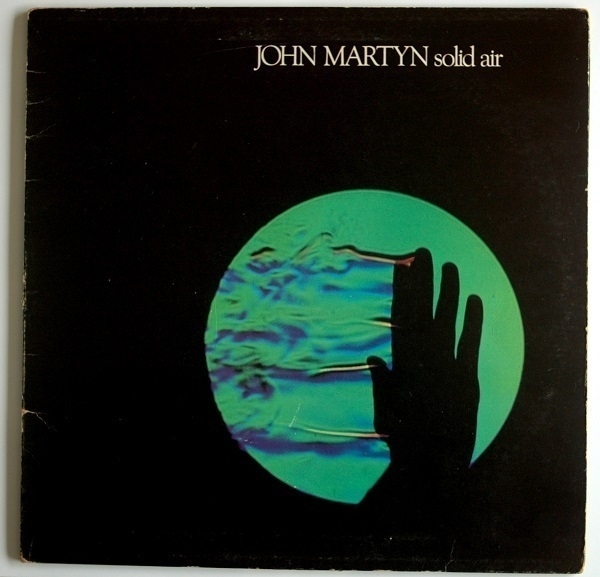
Out of the latest batch of old records I brought back from Chepstow (a few weeks ago), I was especially pleased to have found a copy of John Martyn’s 1973 album Solid Air, a well-regarded record that has made its way on to a few all-time best-of lists. I’d quite often heard the songs ‘May You Never’ & ‘Over the Hill’ and was also acquainted with the title-track, whereas the other six numbers were unfamiliar territory. The copy I picked up, moreover, was from an early pressing with the ‘pink rim’ Island Records label. It would have been worth a lot more than I paid for it, had it not been in such poor condition.
While the sleeve was still in decent shape, the disc, unprotected by an inner sleeve, had picked up a dense tracery of scratches. On giving it a spin there was hardly a moment without a pop or a crackle, yet somehow none of the damage was deep enough to make the stylus skip. I greatly enjoyed the music but knew that all the surface noise would be an impediment to my future listening pleasure. I resolved to buy another copy, opting for the 2013 repress – which had the benefit of reproducing the original label design. When the new record arrived I put the unblemished disc into the old sleeve and discarded the scratched one, an arrangement which suits me even if it confuses or annoys whoever ultimately inherits my records.
